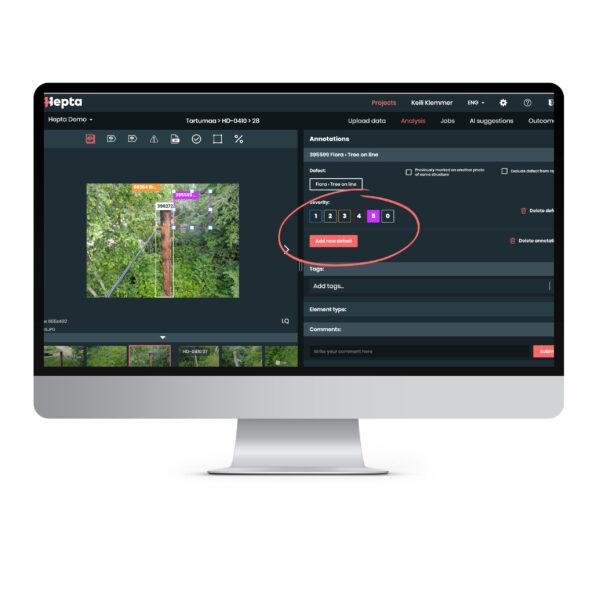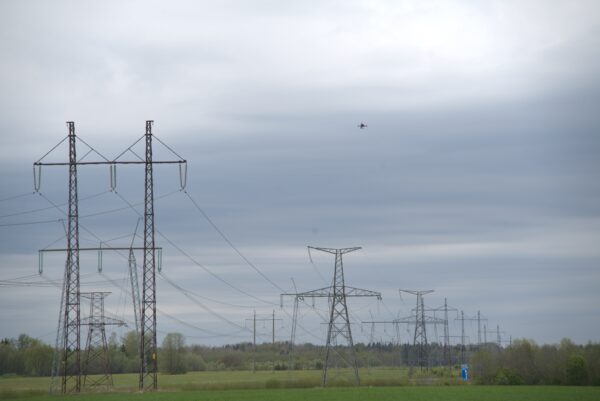Industrial sector drives for advanced surveillance and inspection solutions – executing automated flights for hundreds of kilometres, while withstanding night-time & harsh weather conditions. Hepta automates analysis for power lines. Before digitizing the assets for grid operators, they use various data acquisition sources – satellites, helicopters, in-house built drones.
“The number of drones in the airspace is growing. There are around 10M drones in use across the world, which is around 250% increase since 2017. To accelerate our market entry, we are developing and implementing the use of industrial scale UAV’s, operational in covering hundreds of kilometers in a single flight. We perform complex beyond visual line of sight UAV inspections, mutiplying the complexity of safe integration of airspaces. We joined Estonian Aviation Cluster (EAC), to create positive impact towards integration of the unmanned and manned aviation worlds and accelerate this impact with the help of EAC and its network,” told Henri Klemmer, CEO of Hepta.
“Hepta develops drones equipped with sensors which use real time AI outperforming helicopters with the efficiency cheaper than walking. They are considered to be next generation drone technology company. In parallel we must work towards safe integration of unmanned aerial vehicles (UAV) between manned air traffic & airspace in Estonia. We have to be more ambitious, because potential is there. After joining of Hepta, Cluster has now even more companies which are interested to speed up integration of these two worlds,” said Kristo Reinsalu, General Manager of EAC.


